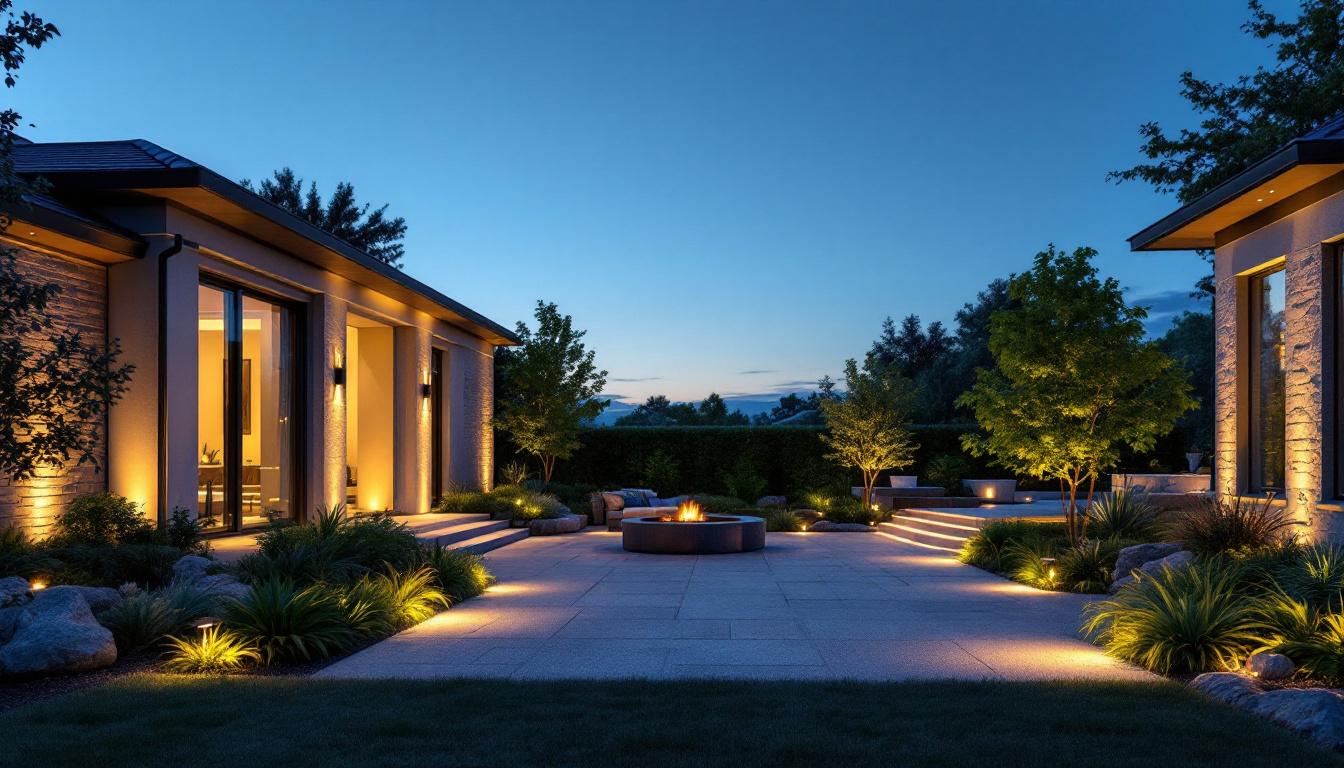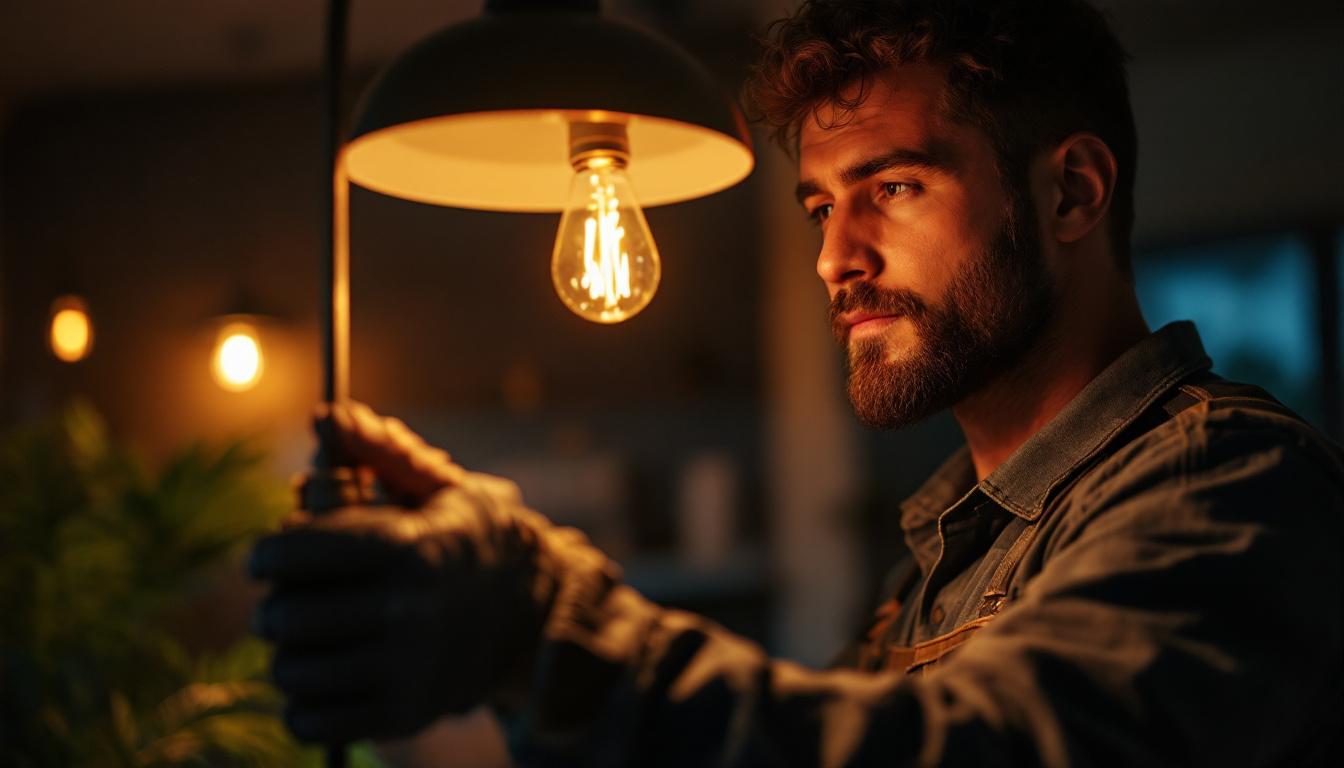
Lighting plays a crucial role in enhancing the functionality and aesthetics of any space. For lighting contractors, understanding the nuances of various lighting solutions is essential. Among these, LED four-foot tubes have gained popularity due to their efficiency, versatility, and longevity. This article aims to provide expert advice on LED four-foot tubes, focusing on their benefits, installation tips, and considerations for contractors.
LED four-foot tubes are linear lighting solutions that are commonly used in commercial and industrial settings. They are designed to replace traditional fluorescent tubes, offering significant advantages in energy efficiency and lifespan. Typically, these tubes are available in various color temperatures, enabling contractors to select the right ambiance for different applications. Their versatility makes them suitable for a wide range of environments, from warehouses and retail spaces to office buildings and educational institutions, ensuring that effective lighting can be achieved in any setting.
One of the most compelling reasons to choose LED four-foot tubes is their energy efficiency. Compared to traditional fluorescent lighting, LED tubes consume significantly less power, which translates to lower energy bills for clients. Additionally, they have a longer lifespan, often lasting up to 50,000 hours or more, reducing the frequency of replacements and maintenance costs. This longevity not only saves money but also minimizes the disruption caused by frequent bulb changes, allowing businesses to maintain a consistent and productive work environment.
Another advantage is the quality of light produced. LED tubes provide instant brightness without flickering, which is essential in work environments where visibility is paramount. Moreover, they are available in various color temperatures, allowing for customization based on the specific needs of a project. For instance, cooler color temperatures can enhance concentration in office settings, while warmer tones may create a more inviting atmosphere in retail spaces. This flexibility in lighting design can significantly impact employee productivity and customer experience.
In today’s environmentally conscious market, the sustainability of lighting solutions is a significant consideration. LED four-foot tubes are free from harmful substances like mercury, which is commonly found in fluorescent lighting. This makes them a safer choice for both the environment and the health of individuals who work in or occupy spaces where these lights are installed. Additionally, the manufacturing process for LEDs typically involves fewer harmful chemicals, further reducing their environmental impact.
Furthermore, the energy savings associated with LED tubes contribute to a reduction in carbon footprint. By opting for LED technology, contractors not only provide clients with cost-effective solutions but also promote environmentally friendly practices. The reduced energy consumption means that less electricity is required from power plants, which often rely on fossil fuels. As more businesses make the switch to LED lighting, the collective impact can lead to substantial decreases in greenhouse gas emissions, supporting global efforts to combat climate change. This shift toward sustainable lighting not only benefits the planet but also aligns with the growing consumer demand for eco-friendly products and practices.
Proper installation is crucial for maximizing the benefits of LED four-foot tubes. While many contractors are familiar with traditional fluorescent installations, transitioning to LED requires attention to specific details to ensure optimal performance. The shift to LED technology not only enhances energy efficiency but also significantly reduces maintenance costs over time, making it a worthwhile investment for both contractors and clients alike.
Before installation, it’s essential to assess the compatibility of LED tubes with existing fixtures. Some LED tubes are designed to work with traditional fluorescent ballasts, while others require direct wiring to the electrical supply. Understanding these requirements will help avoid complications during installation and ensure that the lighting functions correctly. Additionally, it’s wise to consider the lumen output and color temperature of the LED tubes being installed, as these factors can greatly influence the ambiance of the space.
For contractors, it’s advisable to educate clients on the benefits of retrofitting fixtures to accommodate LED tubes. In some cases, replacing outdated fixtures with modern ones designed specifically for LED technology can enhance performance and aesthetics. Furthermore, clients may appreciate the long-term savings on energy bills and the reduced frequency of bulb replacements, which can be particularly beneficial in high-ceiling or hard-to-reach areas.
When installing LED four-foot tubes, electrical safety should always be a priority. Contractors must ensure that power is turned off before beginning any installation work. Additionally, using the appropriate gauge of wire and ensuring secure connections will prevent potential electrical hazards. It’s also advisable to use insulated tools and wear protective gear to minimize risks during the installation process.
It’s also important to follow local electrical codes and regulations during installation. This not only ensures safety but also protects contractors from potential liabilities. Keeping abreast of any changes in regulations can be beneficial for maintaining compliance. Moreover, documenting the installation process and any modifications made can serve as a valuable reference for future maintenance or upgrades, ensuring that the integrity of the lighting system is preserved over time.
With a plethora of options available in the market, selecting the right LED four-foot tubes can be daunting for contractors. Several factors should be considered to ensure the chosen products meet the needs of the project and the expectations of clients.
Brightness is measured in lumens, and understanding the required lumen output for a specific space is essential. For example, areas such as warehouses or manufacturing plants may require higher lumen output compared to office spaces or retail environments. Assessing the intended use of the space will guide contractors in selecting the appropriate brightness levels.
Color temperature, measured in Kelvin (K), also plays a significant role in the ambiance of a space. Warmer temperatures (around 2700K to 3000K) create a cozy atmosphere, ideal for residential or hospitality settings, while cooler temperatures (5000K and above) are better suited for commercial and industrial applications where clarity and alertness are necessary.
When selecting LED four-foot tubes, energy efficiency ratings are crucial for both cost savings and environmental impact. Look for products with the ENERGY STAR label, which indicates that they meet strict energy efficiency guidelines set by the U.S. Environmental Protection Agency.
Additionally, consider the wattage of the LED tubes. Lower wattage generally indicates higher efficiency, but it’s important to balance wattage with lumen output to ensure adequate lighting for the intended application.
Although LED four-foot tubes are known for their longevity and low maintenance requirements, occasional issues may arise. Understanding common problems and their solutions can help contractors provide better service to clients.
One of the most common issues with LED tubes is flickering. This can be caused by compatibility issues with existing ballasts or poor electrical connections. If flickering occurs, it’s advisable to check the wiring and ensure that the tubes are compatible with the fixtures being used.
Another issue that may arise is reduced brightness over time. While LED tubes are designed to maintain their brightness throughout their lifespan, factors such as excessive heat or poor quality products can lead to premature dimming. Regular inspections can help identify these issues early, allowing for timely replacements.
To ensure the longevity and performance of LED four-foot tubes, regular maintenance is recommended. This includes cleaning the fixtures and tubes to remove dust and debris, which can obstruct light output. Additionally, contractors should encourage clients to monitor the performance of their lighting and report any issues promptly.
Educating clients on the benefits of LED technology and the importance of maintenance can foster stronger relationships and lead to repeat business. Providing a simple maintenance checklist can also be a valuable resource for clients.
While the initial investment in LED four-foot tubes may be higher than traditional fluorescent options, the long-term savings often outweigh the upfront costs. Understanding these cost dynamics can help contractors present a compelling case to clients.
The initial cost of LED four-foot tubes can be a barrier for some clients. However, it’s important to highlight the long-term savings associated with reduced energy consumption and lower maintenance costs. Over time, the return on investment can be substantial, making LED tubes a financially sound choice.
Contractors can also explore potential rebates or incentives offered by utility companies for clients who switch to energy-efficient lighting solutions. This can further offset the initial costs and make the transition more appealing.
For clients hesitant about the upfront costs, offering financing options can be a valuable strategy. Many lighting contractors partner with financing companies to provide flexible payment plans, making it easier for clients to invest in LED technology without straining their budgets.
Providing clients with a detailed cost-benefit analysis can also help them understand the financial advantages of switching to LED four-foot tubes. This transparency can build trust and encourage clients to make informed decisions.
LED four-foot tubes represent a significant advancement in lighting technology, offering numerous benefits for both contractors and clients. By understanding the advantages, installation considerations, and maintenance practices associated with these lighting solutions, contractors can enhance their service offerings and provide clients with effective, energy-efficient lighting solutions.
As the demand for sustainable and cost-effective lighting solutions continues to grow, staying informed about the latest trends and technologies in LED lighting will be crucial for contractors. By embracing these innovations, lighting professionals can position themselves as experts in the field, ensuring long-term success in a competitive market.
Ready to elevate your lighting projects with the most efficient LED four-foot tubes on the market? Look no further than LumenWholesale, where we specialize in providing contractors with high-quality, specification-grade lighting products at unbeatable wholesale prices. Say goodbye to local distributor markups and hello to our extensive selection that meets the highest industry standards. With LumenWholesale, you can order in bulk with the added benefit of free shipping, ensuring you get the premium lighting you need at the best price, without any hidden fees. Make the smart choice for your business and your clients by choosing Wholesale Lighting at the Best Value from LumenWholesale. Experience the perfect blend of quality, affordability, and convenience today!

Illuminate your projects with confidence using our comprehensive guide, “Lighting Exterior: The Ultimate Handbook for Lighting Contractors.” Discover expert tips, innovative techniques, and essential tools to transform outdoor spaces and enhance your professional edge..

Discover the ultimate guide to bulk light fixtures with our essential checklist tailored for lighting professionals.

Discover the pivotal role Magna Light Distributors play in modern lighting installations.

Discover essential tips and expert advice for lighting contractors on mastering the use of 60 Watt B Type bulbs.